Good things come to those who wait, and Western fans have been waiting for Like a Dragon: Ishin! for a long, long time. This is a remake of Ryū ga Gotoku Ishin!, which came out on the PS3 and PS4 in 2014 and was never released outside of Japan.
And while Ishin! perhaps isn’t up to par with something like the breakout Yakuza 0, it does manage to transport the Yakuza/Like a Dragon/Judgment series back in time with aplomb.
The story takes place in late-1860s Kyo (modern-day Kyoto) at the end of the Edo period. Japan has been rocked by the arrival of Western ships bearing vastly superior technology, throwing the country into a conflict between Loyalist forces fighting to restore the emperor and those on the side of the Bukafu, or the Shogunate. At the center of this conflict is Sakamoto Ryoma, a skilled ronin out to avenge the brutal murder of his adopted father, a prominent Loyalist.
Taking the name Saitō Hajime, Sakamoto infiltrates the Shinsengumi, a police force loyal to the Shogunate that runs Kyo, searching for the killer based on the only thing he knows – his style of swordsmanship. What starts as a simple revenge story quickly becomes anything but, and Ryoma is soon balancing his quest for revenge with changing Japan’s entire political system. No big thing.
I don’t want to say anything else to avoid spoilers, but Like a Dragon: Ishin!’s story is worth experiencing.
The characters in Ishin! are based on real figures, but they’re played by familiar faces. Sakamoto Ryoma looks suspiciously like Kazama Kiryu, right down to the stern visage and unwavering sense of justice. Okita Sōji wears the eyepatch – and face – of Goro Majima, and Shinsengumi Military Advisor Ito Kashitaro bears a striking resemblance to Dojima Lieutenant Daisaku Kuze. You’ll recognize several of the faces here, especially if you’ve played more modern Yakuza games, and it’s a joy to see these actors return to the series in these new roles.
While more modern Yakuza games have incorporated English dubs, Ishin! only offers Japanese voiceovers complimented by English subtitles. Fans who have come to expect English voice acting for the most recent releases might be a little disappointed here, but I think the choice is a smart one, especially in an era where Japan was only recently coming to grips with Western influence.
The only real issue is that the story, which is as traditionally complex and well-written as past RGG games, doesn’t bother to explain much of the period-specific language or politics you’ll need to follow along fully.
There is a glossary, which is somewhat helpful and can be brought up with the push of a button in most conversations, but it’s pretty limited. I often found myself bringing it up in the hopes of learning more about terms like Shishi, dappan, or goshi only to be told (once again) about the town of Tosa.
You’ll get everything eventually if you follow along (again, this is a very well-written game), but it’s disappointing to see a feature like this implemented half-heartedly.
The city of Kyo fares much better. You and Ryoma will spend much of your time here, and RGG has done an incredible job of making Kyo feel like a place that lives, breathes, and exists outside of you. Whether you’re visiting the crowded marketplaces of Fushimi, the dangerous back alleys of lawless Mukurogai, the red-light district of Gion, or bustling Rakunai, there’s always something new to see or do.
Like other games in the series, Kyo is populated with stores, restaurants, and plenty of activities to keep you busy. You might make friends with local shopkeepers, pal around with sumo wrestlers, or help old ladies get home, but you always have something to do.
The series’ emphasis on mini-games returns here, too. Some, like the singing bar, chicken racing, or dancing, are throwbacks to older mini-games, but others are unique to Ishin!, and it’s easy to spend a lot of time goofing off instead of advancing the main plot because every single one, no matter how silly, is an absolute joy. Truly, you haven’t lived until you’ve done Ishin!’s version of karaoke.
The real draw for long-time fans will likely be the substories. They’re scattered all over Kyo and vary in tone from the very serious and heartwarming to the incredibly silly. One, for instance, tasks you with stopping a bunch of dancing hooligans from trashing local stories, while another involves helping two best friends come to grips with the fact that one of them is moving. Ishin! masterfully balances the very serious and very funny, often veering between tones at will without losing any power, and the substories represent the game at its best.
The same cannot be said of the game’s Bond system, however, which encourages you to make friends with other characters. All of these start as substories, which isn’t the issue. It’s how repetitive some of the Bonds can be.
Some – one where you deliver some vegetables to an exceptionally horny lady and watch as she fawns over their length and/or girth – are so funny that you don’t mind. But others – whether you’re offering a veggie-loving child some homegrown greens, donating food to a hungry sumo wrestler so he can win his next match, or patching up the world’s worst (and most annoying) Batman-samurai wannabe – just have you doing the same thing over and over and over again, right down to the dialogue, which is repeated verbatim every time.
They’re slogs, and they stick out more because the best Bonds aren’t. At their brightest, these stories are a lot of fun to interact with. At their dimmest, they feel like chores.
And it’s not just the Bonds. Upgrading weapons is also locked behind reputation you gain with the Blacksmith by donating weapons you don’t need, breaking old weapons down, or upgrading what you have. It’s not that you have to work to unlock Bonds or new tiers of weapons. It’s that the act is boring and forces you to waste time jumping over artificial barriers to get to the stuff that you actually want to do.
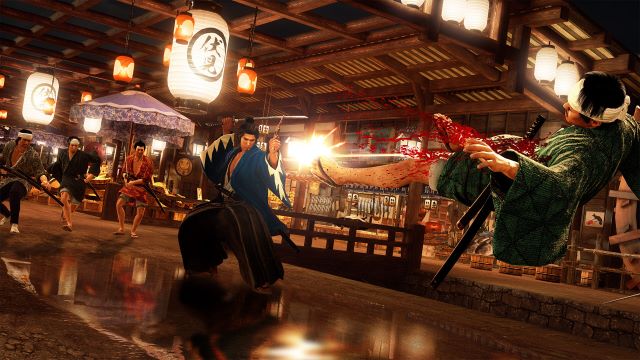 Image via SEGA
Image via SEGA
Of course, Ishin! isn’t all mini-games and substories. You’ll spend a lot of time in combat, and its focus on swordplay and gunfighting is an interesting departure from past entries that maintains the brawling, beat-‘em-up style (most of) the series is known for.
Ryoma has four fighting styles to choose from, all of which are unlocked from the beginning. One focuses on swords; another on guns; a third on fists; and the last on a combination of guns and swords. Each serves a different role.
- Gunman is fantastic for keeping enemies at range – and cheesing your way through fights once you have a pistol that shoots quickly.
- Swordsman is your standard style and probably best for fighting bosses.
- Brawler is the most like a traditional Yakuza/Like a Dragon fighting style; weaker than others because you’re punching people instead of stabbing or shooting them, but it also allows you access to more Heat actions, and special weapons like spears, odachi, and interactable options.
- Wild Dancer, which combines swords and guns at the expense of being able to block, is probably the most unique of the playstyles and one of the better ones for dealing with large groups.
The issue is they don’t start off with much initially and can be a bit dull until you can level, though Ishin! partially solves this problem by giving you two ways to increase your prowess. You can earn experience orbs specific to a style by simply using that style, or instead spend generic Soul Orbs you gain by playing in general.
In a welcome twist, levels gained by spending Soul Orbs can later be swapped with orbs of that style. This allows you to level up styles without using them or refund points that can be spent elsewhere once you do. You can mix and match or dump a ton of levels into a style you might want to use for a specific fight.
Combat isn’t complex, but it does incentivize dodging, blocking, and using other skills to open enemies up, though you’ll get more out of upgrading your equipment at the blacksmith than timing your dodges just right to punish an enemy. Ishin!’s combat isn’t special, but it’s often fun, and landing outlandish Heat actions and opening up more options as the game goes on keeps things interesting.
There are some annoyances, especially on higher difficulties. Enemies, especially bosses, can often end your combos whenever they want, which can be frustrating when you’ve performed a well-timed dodge to earn a punish. Still, certain styles (Gunman) can be incredibly overpowered later in the game, to the point that you don’t have to interact with regular enemies at all if you have the right gun.
None of these problems are game-breaking; combat is still fun, and there’s still enough variation between the styles to keep things interesting, but it does mean you’ll probably run from street encounters more than you would otherwise.
If you’re looking to dungeon crawl a bit, you can always take on the side missions at the Shinsengumi barracks. There’s 40 in all, each of which have you tearing through bandit hideouts to scavenge materials to upgrade your weapons and level up your Trooper Cards, which grant access to different abilities in combat. Some are pretty simple, offering healing or boosting attacks of a particular style, while others allow you to shoot lightning from your hand or summon a bear to attack your enemies.
The missions themselves can be grand, though the background environments (there are only three) can start to feel overly familiar, even if the levels themselves never are, and the rewards – particularly the Trooper Cards – are always worth it.
Finally, if you’re looking for farming of the more traditional variety, Ryoma can hang up his katana for Another Life. This long-term side quest sees Ryoma adopt an orphan named Haruka, who should be familiar to long-time Yakuza fans, and help out on the farm her parents owned. Farming is pretty involved; you’ll have to plant crops carefully to take advantage of your available farm plot, buy upgrades like chicken coops, dog houses, and scarecrows to improve your farm, and then use your harvest to fulfill cooking orders that play out in the form of simple mini-games.
It’s relaxing and a nice change of pace, and you can make a lot of money doing it, so it’s worth checking out even if you’re not normally into farming.
Like a Dragon: Ishin! Review — The Bottom Line
Pros
- The compelling characters and story you’ve come to expect from RGG.
- Delightful substories and mini-games.
- A truly incredible amount of stuff to do.
- Four fighting styles means there are a lot of ways to approach encounters.
Cons
- Certain side missions are extremely repetitive.
- Audio/visual bugs can break immersion.
- Combat lacks the depth of earlier titles like Yakuza 0.
It’s hard to sum up something like Like a Dragon: Ishin! because there’s simply so much of it. You could easily dump a couple hundred hours in this game, though given how repetitive some of the tasks Ishin! puts on your plate are, I’m not really sure you should.
The Edo period is vastly different than the neon-streaked streets of Kamurochō, but Ishin! still feels like a Yakuza game at its core, complete with all the series’ weirdness. Signs of older games still linger, be it the general structure of the world, the mini-games, familiar faces, or the jump in production values between main character models and those for side characters, and animation quality within cutscenes and without, but it still has all the Yakuza charm.
It’s not the best title in the series, and it could have definitely benefited from less padding, but it is a good one, and it’s nice to finally see it in the West.
[Note: SEGA provided the copy of Like a Dragon: Ishin! used for this review. Featured image via SEGA.]

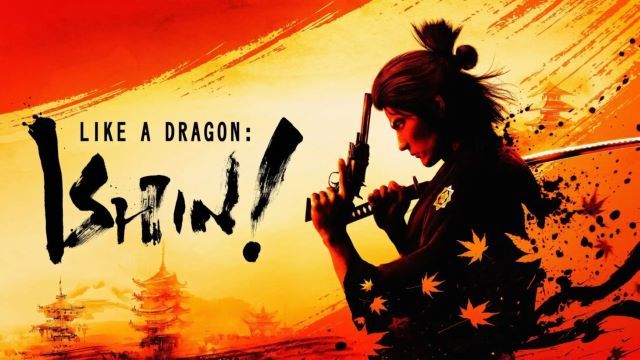
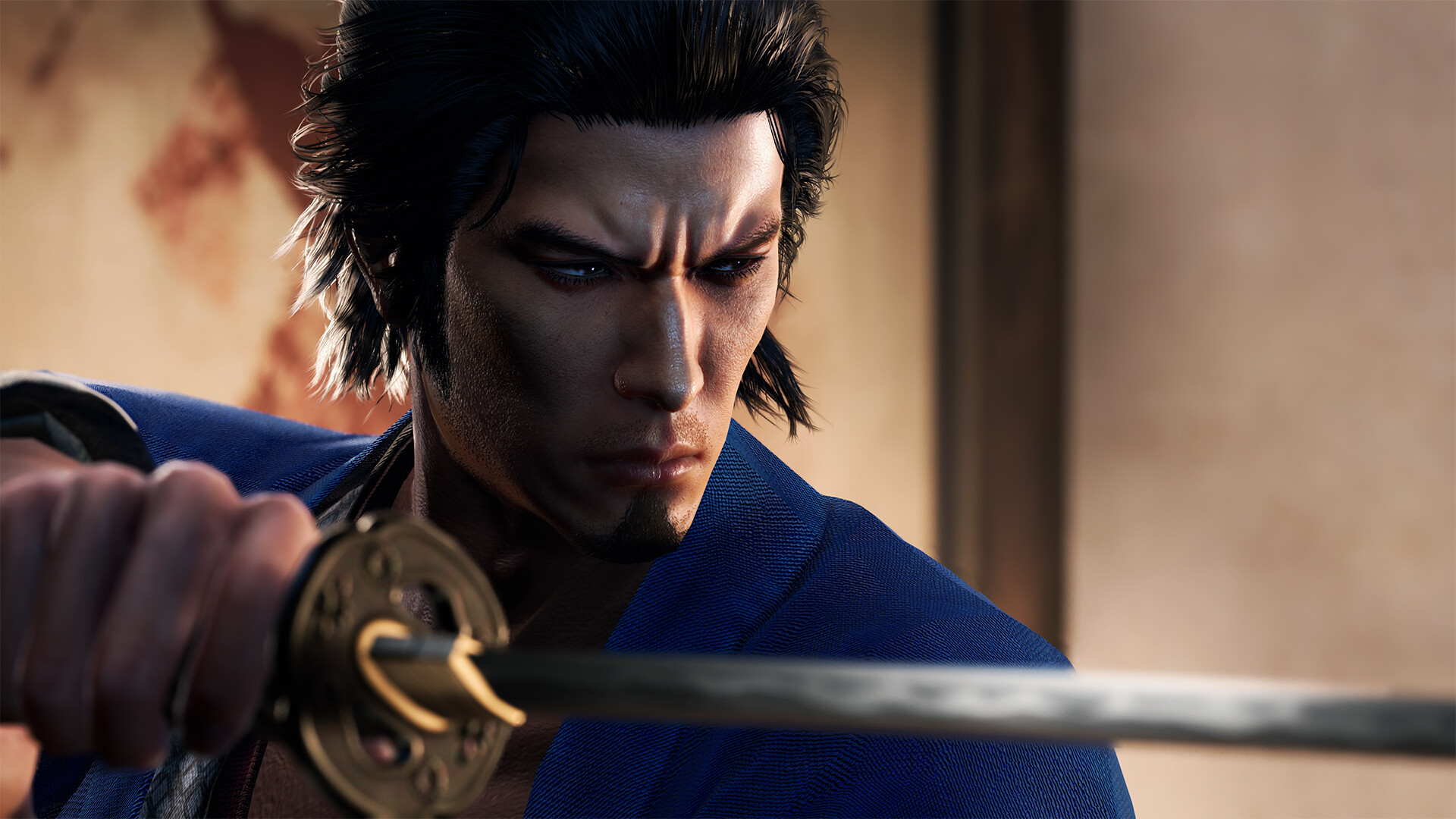
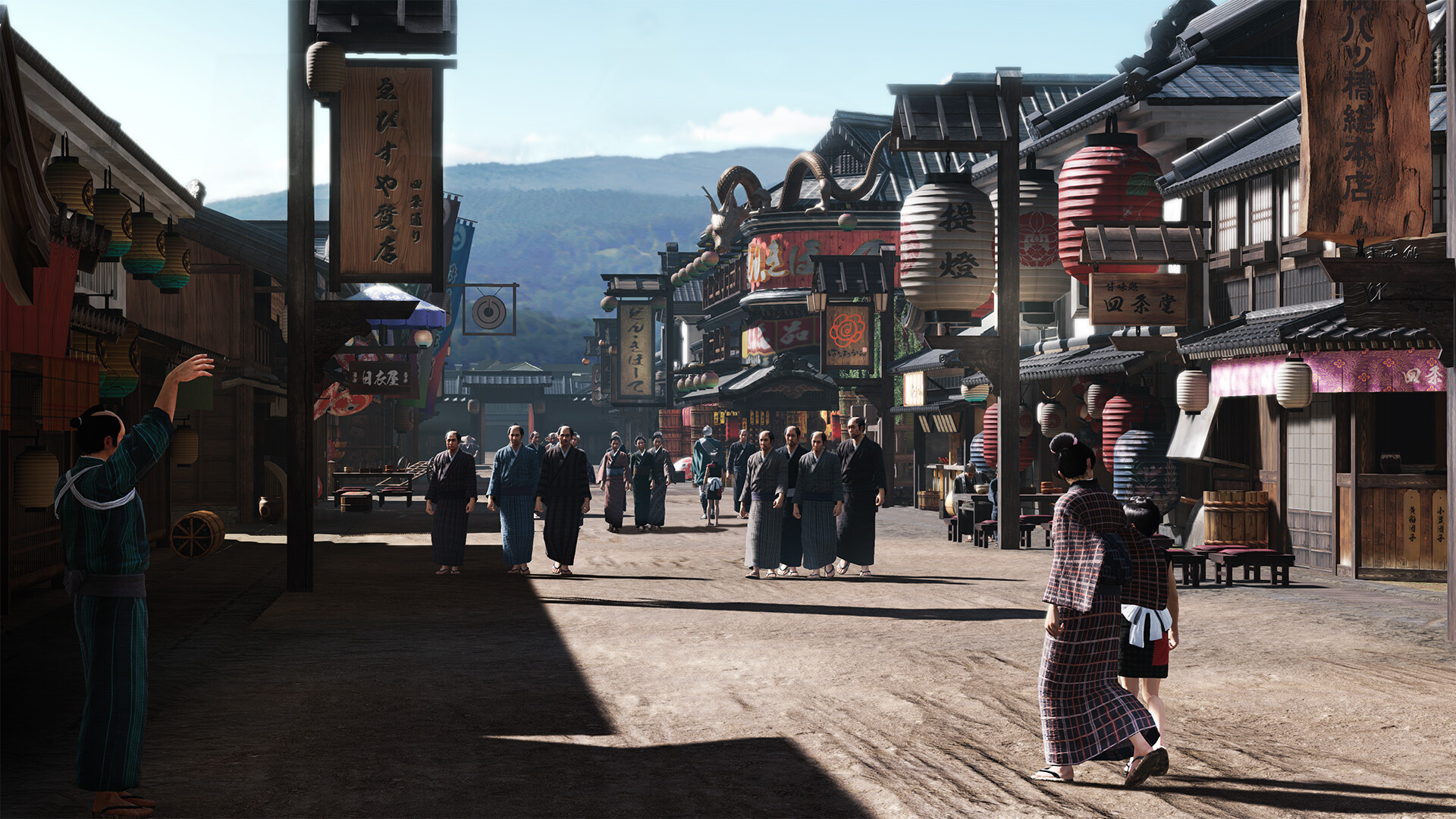
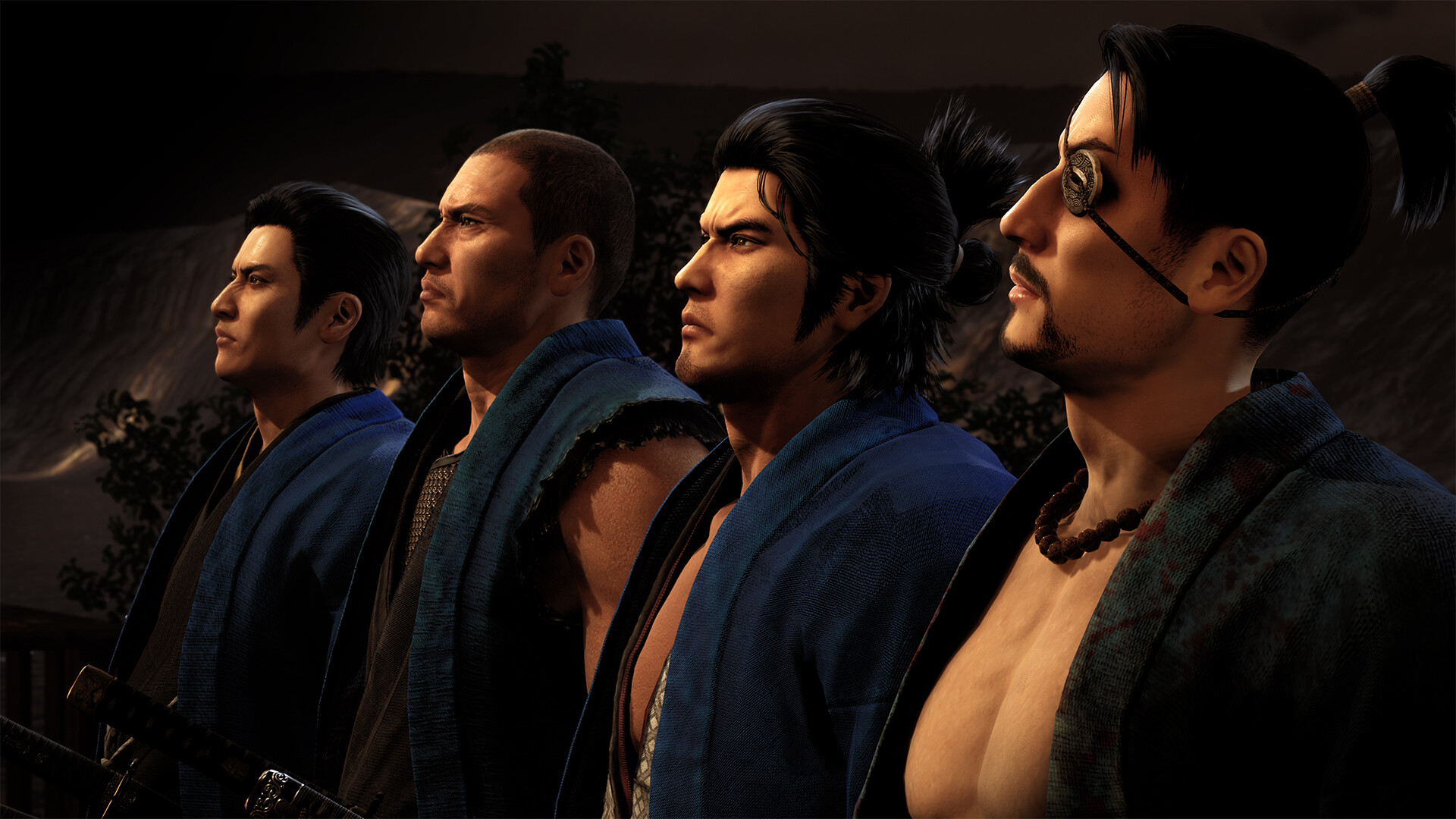
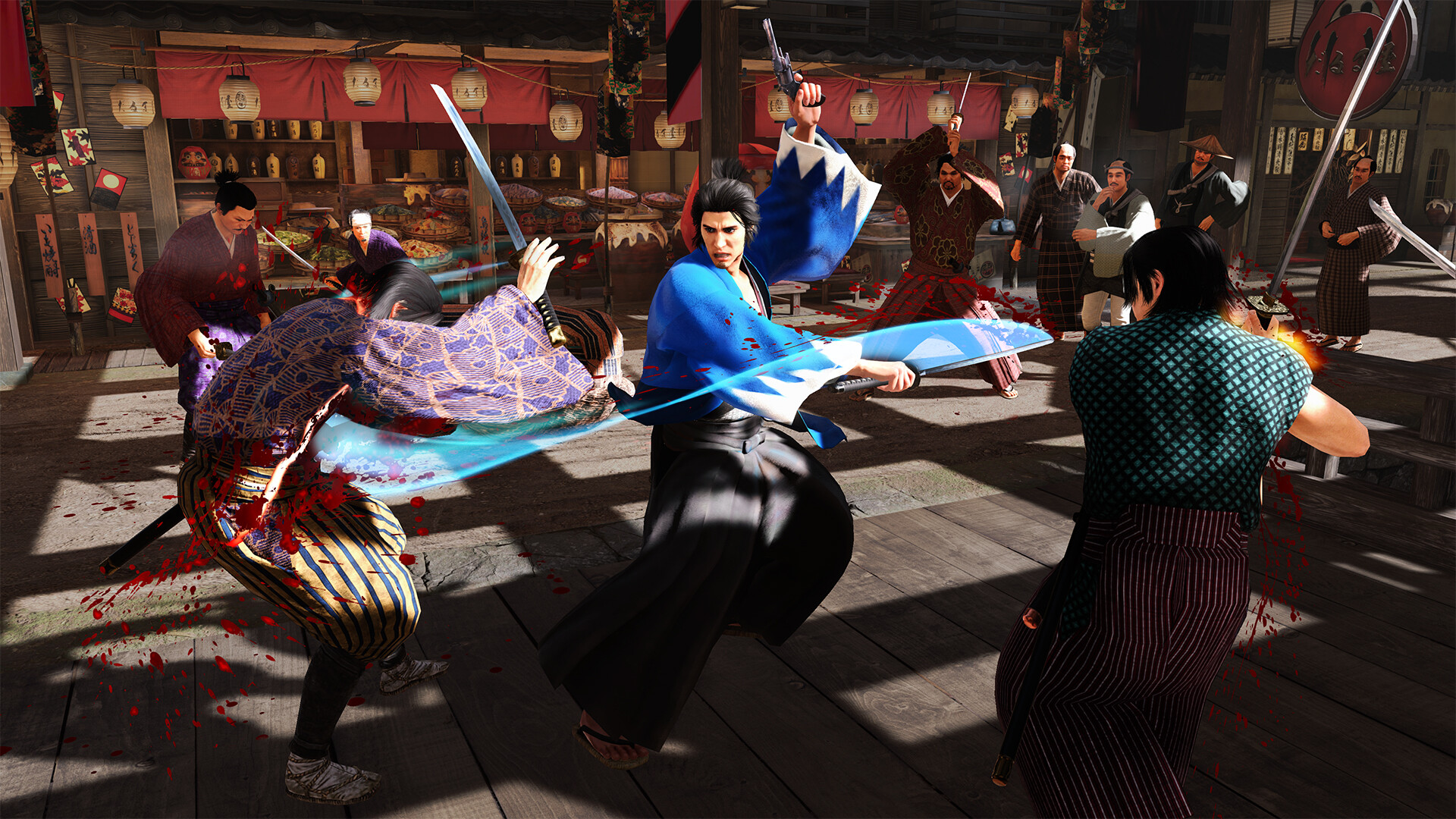
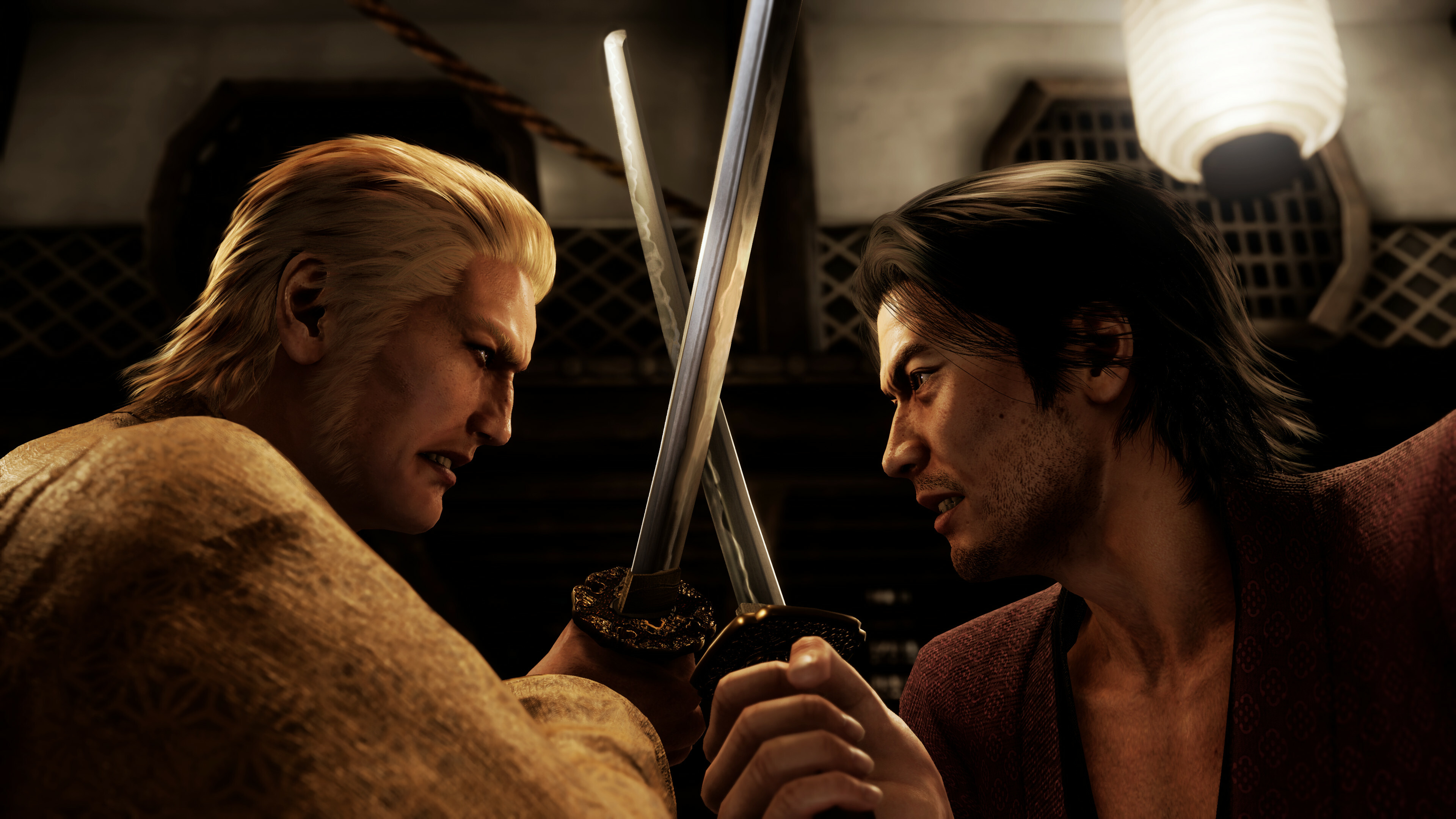





Published: Feb 19, 2023 06:54 pm